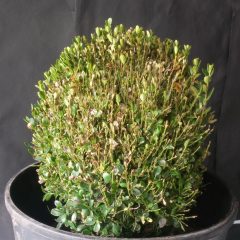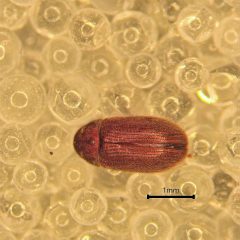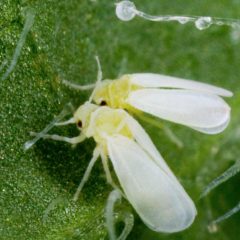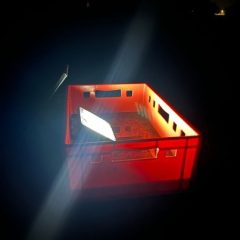Research project Rapid molecular identification of insects without the need of primers
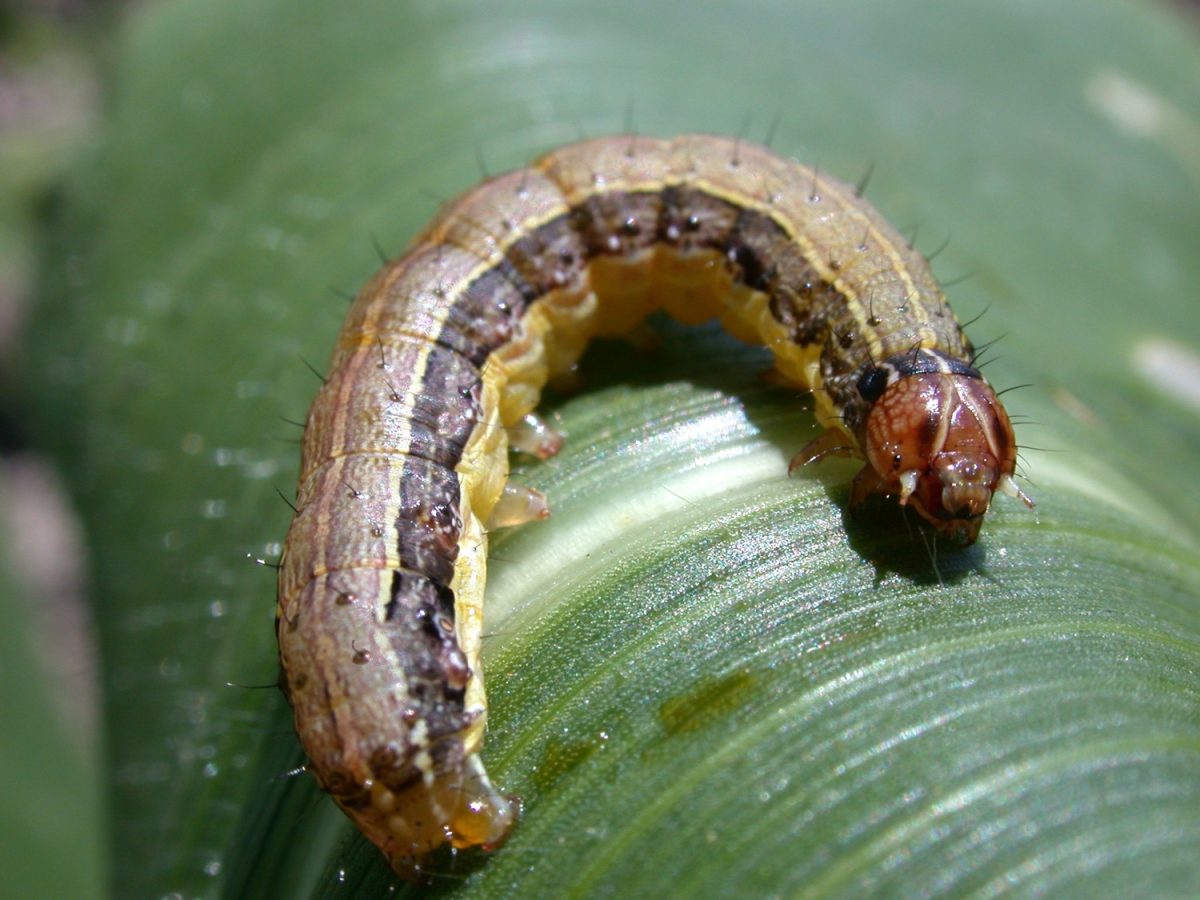
General introduction
The RAP-ID project is looking at the application of two new techniques to identify unwanted (quarantined) pests in a faster way. The goal is to get the job done within 24 hours, which significantly reduces the time between sampling and decision making. Preventing quarantine pests from entering, establishing and spreading in Belgium is crucial to protecting our ecosystems, economy and food security. The Federal Agency for the Safety of the Food Chain (FASFC) has long been checking imported fruits and vegetables upon entry and then sending suspected insect samples to reference laboratories (such as ILVO's National Reference Laboratory (NRL)) for identification. Current identification methods based on morphological determination and molecular tests (PCR and LAMP) are limited in terms of speed, accuracy and versatility. These limitations delay early detection of quarantine insects and rapid initiation of appropriate control measures.
Research approach
Specifically, the two molecular identification techniques studied for insect identification are Oxford Nanopore Technology (ONT) sequencing and MALDI-TOF mass spectrometry (MS). The researchers consider ONT sequencing promising for identification of larvae of both Bactrocera sp. and Spodoptera sp., while MALDI-TOF MS may be optimizable for larvae of quarantine Tephritidae. Both techniques are independent of external (sequencing) companies and do not rely on the use of specific primers. This allows rapid and accurate identification of multiple species.
Relevance/Valorization
The RAP-ID project is expected to contribute to improving biosecurity protocols and compliance with EU regulations on quarantine organisms. In the long term, the new technologies help in the timely development of control strategies for quarantine pests.
Financing
FOD Volksgezondheid, Veiligheid van de voedselketen en Leefmilieu


